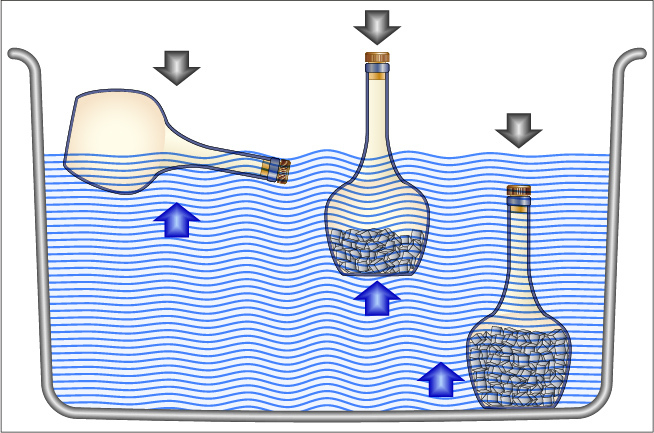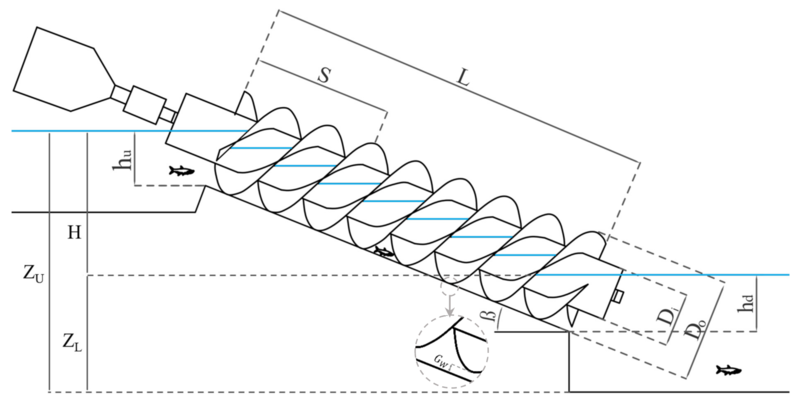Archimedes (c. 287 BCE – c. 212 BCE) was an ancient Greek mathematician, physicist, engineer, and inventor. He made significant contributions to mathematics, including the principles of buoyancy and the calculation of the area of a circle.
Archimedes also invented machines like the Archimedean screw and the Claw of Archimedes.
His works were lost but rediscovered during the Renaissance, and he met a tragic end during the Siege of Syracuse. Archimedes remains a renowned figure in the history of science and mathematics.
Archimedes Facts
1. Archimedes of Syracuse was an ancient Greek mathematician, physicist, engineer, inventor, and astronomer
Archimedes of Syracuse was an ancient Greek mathematician, physicist, engineer, inventor, and astronomer. He was born around 287 BCE in the city of Syracuse, which was then a part of Magna Graecia (Greater Greece). Syracuse was a major center of Greek culture and learning at the time.

2. Archimedes is considered one of the greatest mathematicians in history
Archimedes is widely regarded as one of the greatest mathematicians in history. His contributions revolutionized various branches of mathematics, including geometry, calculus, and number theory.
Also Read: Archimedes Accomplishments
He developed innovative methods and problem-solving techniques that laid the foundation for many mathematical principles still used today.
3. He made numerous important contributions to mathematics, including advancements in geometry, calculus, and number theory
Archimedes made significant breakthroughs in geometry. His work on geometry encompasses several fundamental concepts, such as the calculation of areas and volumes of various shapes.
For instance, he discovered the method of exhaustion, which allowed him to approximate the area and volume of irregular shapes by dividing them into an infinite number of smaller, manageable parts.
4. One of Archimedes’ most famous achievements is his discovery of the principle of buoyancy, known as Archimedes’ principle

One of Archimedes’ most famous achievements is his discovery of the principle of buoyancy, known as Archimedes’ principle. This principle states that when an object is immersed in a fluid, it experiences an upward force equal to the weight of the fluid it displaces.
Archimedes realized that this buoyant force is the reason why objects float in water or other fluids. This principle has numerous practical applications, such as determining the buoyancy of ships and designing flotation devices.
5. According to the popular legend, Archimedes discovered the principle of buoyancy while taking a bath
According to the popular legend, upon discovering the principle of buoyancy, Archimedes was so excited that he ran through the streets of Syracuse shouting “Eureka!”
This Greek word translates to “I have found it!” or “I have discovered!” The story illustrates Archimedes’ enthusiasm and the sense of triumph that accompanied his important scientific breakthrough.
While the historical accuracy of this specific event is debated, it is widely acknowledged that Archimedes had a deep passion for his work and made significant scientific discoveries. The exclamation “Eureka!” has become synonymous with sudden and exciting discoveries in the scientific world.
6. Archimedes developed a method called “The Method of Exhaustion,” which is considered a precursor to integral calculus
Archimedes developed a method called “The Method of Exhaustion” or “The Method of Mechanical Theorems.” This method allowed him to calculate the area and volume of irregular shapes, including curves and spirals.
The method involved approximating the area or volume by dividing the shape into a series of smaller, more manageable components. By continuously refining the approximation through the subdivision of shapes, Archimedes was able to obtain increasingly accurate results.
7. He is credited with deriving an accurate approximation of the mathematical constant π (pi)
Archimedes made significant contributions to the understanding of the mathematical constant π (pi). Pi represents the ratio of a circle’s circumference to its diameter and is approximately equal to 3.14159.
While Archimedes did not provide an exact value for π, he was able to approximate it with great accuracy using a method known as the method of polygons.
8. Archimedes invented several machines and devices, including the Archimedean screw

Archimedes invented several machines and devices that showcased his engineering prowess. One of his notable inventions is the Archimedean screw, also known as the screw pump. This device consists of a helical surface wrapped around a cylindrical shaft.
When the screw is rotated, it can lift water from lower levels to higher levels. The Archimedean screw has been widely used for irrigation purposes, especially in areas with a need for water transport, even to this day.
9. During the Siege of Syracuse by the Roman army in 212 BCE, Archimedes developed various war machines and ingenious defense mechanisms to protect the city
During the Siege of Syracuse by the Roman army in 212 BCE, Archimedes demonstrated his engineering skills by developing various war machines and ingenious defense mechanisms to protect the city. These inventions were designed to repel the Roman invaders and help Syracuse withstand the siege.
10. Archimedes’ Claw was a large grappling hook-like device that was used to lift enemy ships out of the water and tip them over, sinking them
One of Archimedes’ most famous war machines was the Claw of Archimedes, also known as the iron hand or the ship shaker. This giant grappling hook-like device was attached to a long lever and used to lift enemy ships out of the water and tip them over, effectively sinking them.
The Claw of Archimedes was an innovative and effective weapon that provided Syracuse with a defensive advantage against naval attacks.
11. The Heat Ray, also known as the “Archimedes’ Mirror,” was a device that supposedly used polished metal mirrors to focus sunlight onto enemy ships, causing them to catch fire

Another fascinating invention attributed to Archimedes is the Heat Ray, also known as the “Archimedes’ Mirror.” According to historical accounts, this device was designed to focus sunlight onto enemy ships, causing them to catch fire.
The idea was to use an array of mirrors or reflective surfaces to concentrate sunlight onto a single point, creating intense heat that could ignite the enemy vessels. However, the practicality and effectiveness of the Heat Ray remain subjects of debate among historians and scientists, and there is limited evidence to confirm its actual existence or successful use.
12. Archimedes’ works were lost for centuries after his death, but many of his works were rediscovered during the Renaissance
Archimedes’ works were highly regarded in his time, but many of them were lost for centuries after his death. It was not until the Renaissance period that some of his writings were rediscovered and translated from Greek into Latin. These rediscovered works included treatises on mathematics, physics, and engineering.
One of Archimedes’ most famous surviving works is “On the Sphere and Cylinder,” in which he explored the properties of spheres and cylinders and calculated their volumes and surface areas. Another significant surviving work is “The Method,” which describes his method of exhaustion and its applications to calculate areas and volumes.
13. Archimedes was killed during the Siege of Syracuse when the city was captured by the Romans
Unfortunately, Archimedes met a tragic end during the Siege of Syracuse. According to historical accounts, when the Roman army captured the city, an order was given to spare Archimedes’ life.
However, during the chaos of the siege, a Roman soldier encountered Archimedes engrossed in mathematical diagrams and equations. Ignorant of his identity, the soldier became impatient and killed Archimedes, disregarding the orders to spare him.
The death of Archimedes marked the end of an era for ancient Greek science and mathematics. His untimely demise was a great loss to the intellectual world, as he left behind a legacy of extraordinary achievements and groundbreaking discoveries that continue to influence and inspire scientists, mathematicians, and engineers to this day.
